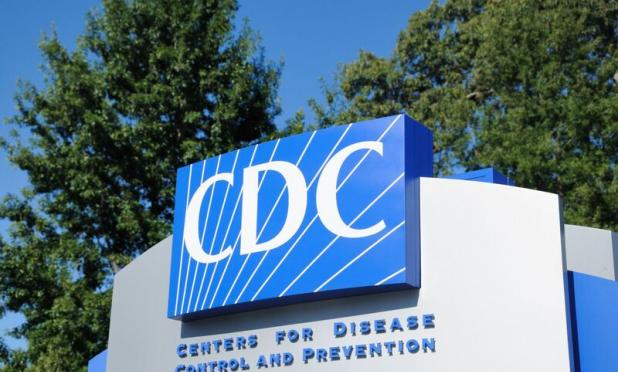
/
SPONSORED
How AI is helping employers customize health benefits
With AI, healthcare organizations can help their employees identify, compare and customize plans to get optimal coverage at the best possible price.

/
SPONSORED
Community health network turns to AI for help identifying coronavirus patients
Experts agree that extensive patient outreach will be essential to ensuring vulnerable patient populations are able to access testing and treatment as the coronavirus pandemic wears on.

/
SPONSORED
Cybersecurity firm turns to AI to address EHR privacy concerns
As the number of coronavirus cases continues to rise, information on patients who have been diagnosed or tested for the virus is incredibly valuable and, in some cases, increasingly at risk.

/
SPONSORED
4 ways AI can help governments fight epidemics
As governments scramble to track, respond to and prevent the spread of disease caused by the coronavirus, says one former official, health experts are turning to AI to augment efforts to prevent further infection.

/
SPONSORED
Hospitals turn to AI to identify real emergencies
As ERs fill up, providers are turning to an array of AI-driven tools to help determine who really has an emergency, and who would be better off staying home.

/
SPONSORED
AI offers edge to state-of-the-art recruiters
With a staffing crisis looming, healthcare recruiters are increasingly turning to AI to help them identify and attract good candidates, who find themselves very much in demand.

/
SPONSORED
Voice technology: the key to AI in healthcare?
The real transformative impact of AI will come when it can be used to build a comprehensive set of data about a patient journey, thus building a base for all future AI applications.

/
SPONSORED
Can AI be held liable for mistaken diagnoses?
The adoption of AI in radiology will certainly be influenced by science, says one expert, but it will also be shaped by the courts and the realities of defensive medicine.

/
SPONSORED
AI: not just a quick and easy solution
AI constitutes a unique opportunity, argues one stakeholder, but it is up to healthcare leaders to implement new capabilities carefully and with an eye toward delivering meaningful benefits to physicians and patients.


